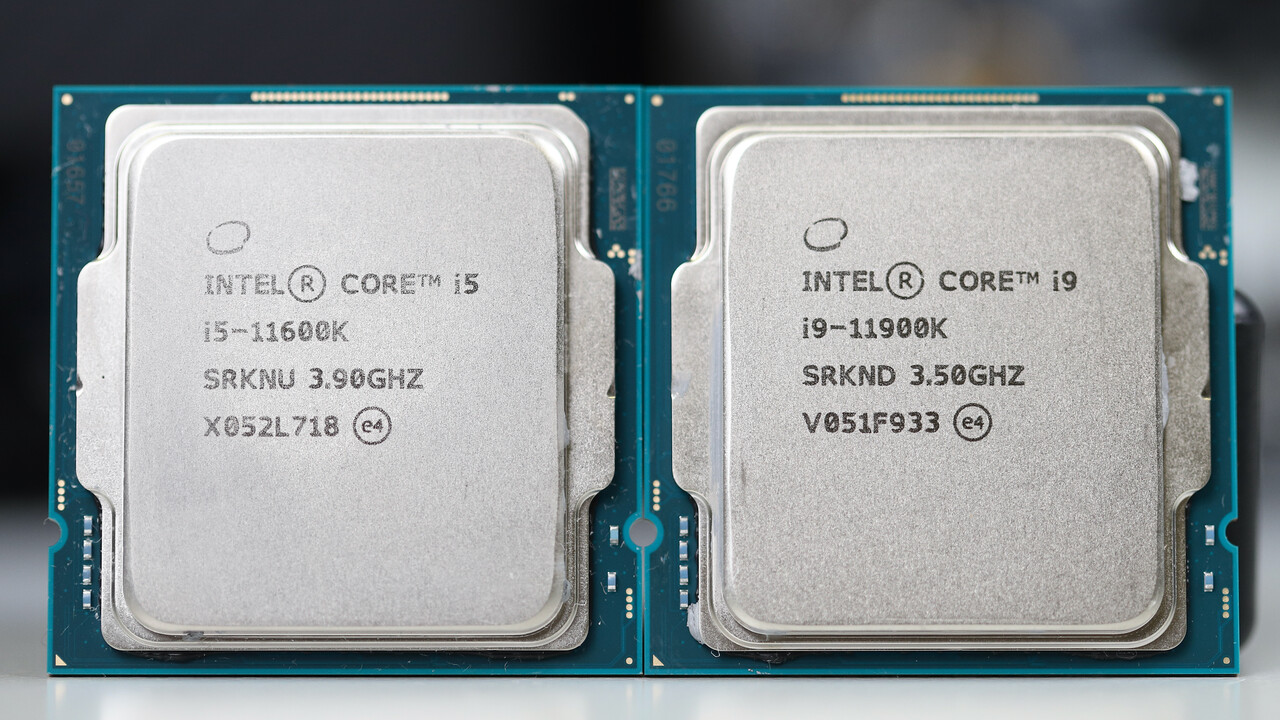Guess what else came out in late 2017? Cannonlake. Goldmont Plus was stopgap solution for a failing 10nm process. Cannonlake was supposed to be out instead of Kaby etc. Tremont was heavily delayed by process.
You really believe that? The original Goldmont, while it was 30-35% faster per clock it increased power use somewhat.
Goldmont Plus, despite being on the same 14nm process(not even a variant like 14nm+) was an additional 30% faster with zero power increase. If you get a Goldmont Plus laptop the performance would be rock stable, and that was at 6W. What kind of a "stopgap" solution does that may I ask?
That's because it was planned to be on 14nm all along. Why? Due to artificial segmentation. In their original plans, by the time Goldmont and the Plus came out they'd have been far along with Cove cores. By keeping the mont cores on 14nm it saves production costs for dirt cheap laptops and tablets.
Atom was "saved" by that artificial segmentation. Had Goldmont Plus been on 10nm then it would have been a delayed part that was slower. Tremont on the original roadmaps were 2 years after Goldmont Plus. So 6-12 months delay for Tremont. I wouldn't call that heavily delayed.
Whatever delay Tremont had due to 10nm is completely made up with Gracemont, since it's another big jump just a year later.
I bet you if they had a proper 14nm successor to Skylake it would have done quite a bit better. The issue is that a proper design takes years. A backport is simple, but there's such a thing as a design made for a certain process.





